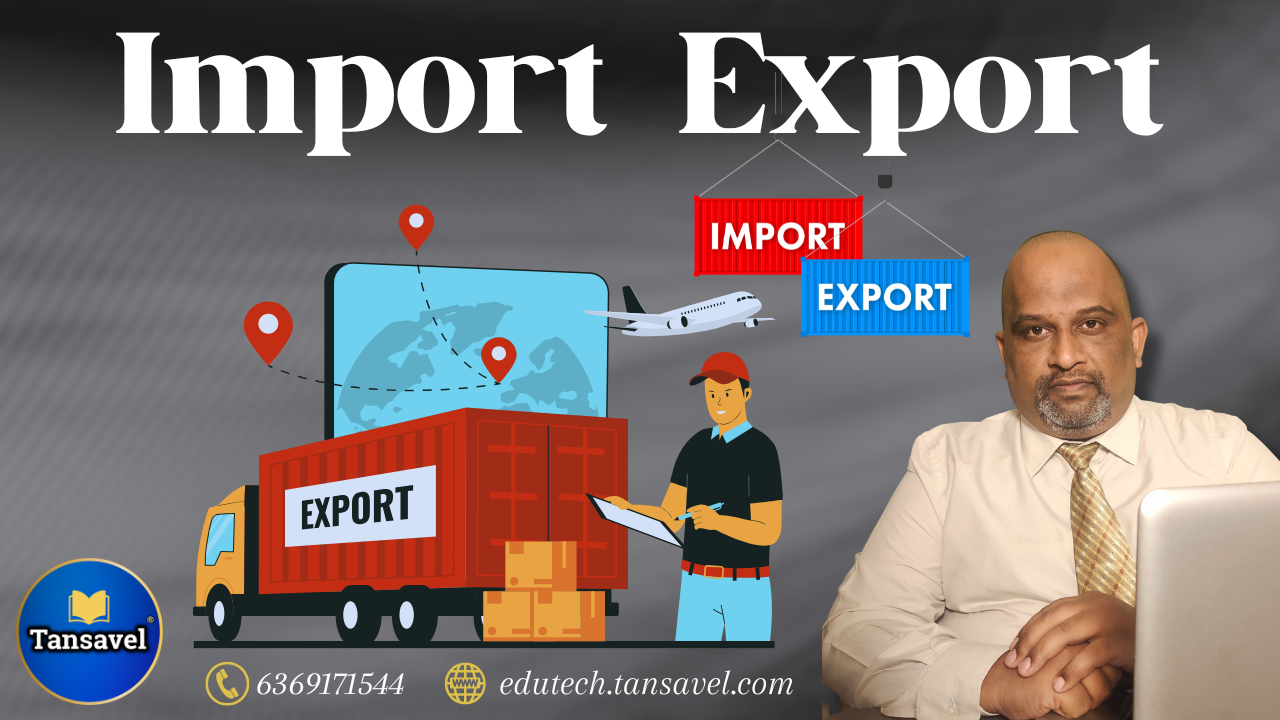Import and Export Course in Tamil (தமிழில்)

₹25,000
₹5,000
Choose Currency:
Description
Complete Import and Export EXIM Course in Tamil (தமிழில்)
Please Note: No Refund for this Digital Video Course
Starting an import-export business in India involves several steps and compliance with various regulations. Here’s a comprehensive guide to help you get started:
1. Establish Your Business
Choose a Business Structure: Decide whether you want to operate as a sole proprietorship, partnership, Limited Liability Partnership (LLP), or a private limited company.
Register Your Business: Register your business entity with the Registrar of Companies (ROC).
2. Obtain Necessary Documentation
Permanent Account Number (PAN): Obtain a PAN from the Income Tax Department.
Import Export Code (IEC): Apply for an IEC from the Directorate General of Foreign Trade (DGFT). This is mandatory for all importers and exporters in India.
Registration Cum Membership Certificate (RCMC): Obtain this from the relevant Export Promotion Council to avail benefits under the Foreign Trade Policy.
3. Open a Bank Account
Foreign Exchange Account: Open a current account with a bank authorized to deal in foreign exchange.
4. Select Your Products and Markets
Product Selection: Choose products that have demand in international markets. Consider factors like market trends, competition, and regulatory requirements.
Market Research: Identify potential markets for your products. Use resources like trade fairs, buyer-seller meets, and online B2B portals to find buyers.
5. Compliance and Logistics
Customs Compliance: Familiarize yourself with customs regulations and procedures. Ensure all necessary documentation is in place for customs clearance
Logistics and Shipping: Arrange for transportation and warehousing of goods. Choose reliable logistics partners to handle shipping
6. Marketing and Sales
Create a Website: Develop a multilingual website with a product catalog, pricing, and payment terms.
Digital Marketing: Use digital marketing strategies to reach potential buyers globally.
7. Manage Finances and Payments
Payment Terms: Negotiate favorable payment terms with buyers. Use secure payment methods to minimize risks.
Insurance: Consider getting insurance for your shipments to protect against potential losses.
8. Stay Updated
Regulatory Changes: Keep abreast of changes in trade policies and regulations.
Market Trends: Continuously monitor market trends to adapt your business strategy accordingly.
Loading...